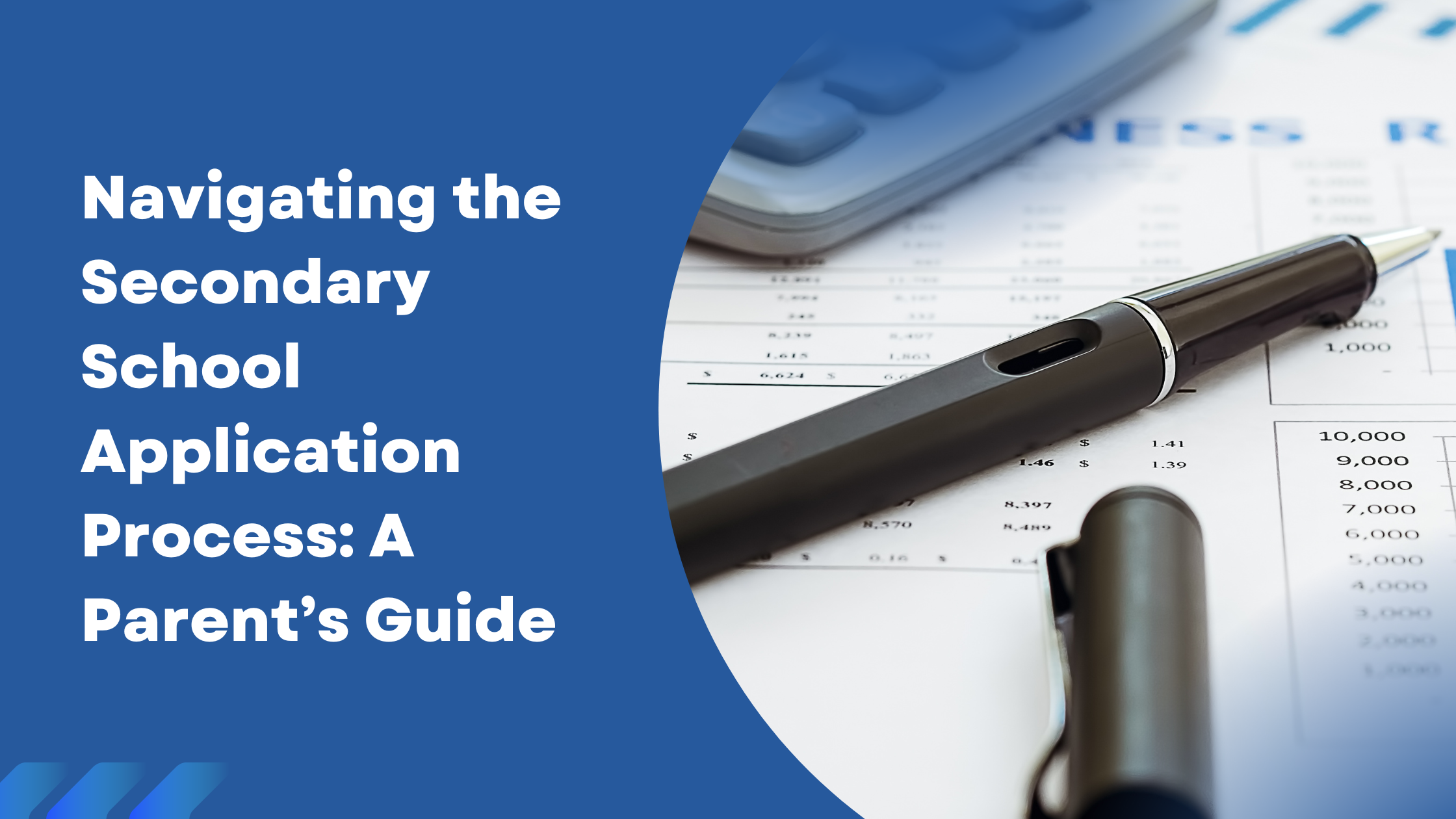Transitioning from primary to secondary school marks a key turning point in a student’s educational journey. It’s an exciting stage filled with opportunities for growth, independence, and academic exploration. However, the secondary school application process can be daunting for both parents and students — with deadlines, interviews, and documentation to manage. Knowing what to expect can make this journey far smoother and less stressful.
Understanding the Importance of Secondary School Education
Secondary education lays the foundation for a student’s future. It’s the stage where young learners begin to explore subjects in depth, identify their interests, and develop skills that prepare them for higher studies or professional pathways. A good secondary school provides more than academics — it fosters curiosity, confidence, and a sense of responsibility.
For parents in Singapore, the choice of school is particularly important, as the city offers a wide range of educational options. From international schools offering IB and IGCSE curricula to institutions emphasizing holistic learning, there’s something to match every child’s aspirations.
Research: The First Step in a Successful Application
Before diving into paperwork, take time to research different schools. Consider the academic programs offered, the school’s teaching philosophy, extracurricular opportunities, and class sizes. Parents should look for schools that align with their child’s personality and long-term goals.
Most schools provide information on their websites and encourage prospective families to attend open houses or schedule guided tours. These visits can give valuable insight into the school’s learning environment, teacher-student interactions, and facilities.
Additionally, talking to current parents or alumni can help you understand what makes the school community unique. Their experiences can provide a realistic view of day-to-day life at the institution.
Steps in the Application Process
While requirements vary, the secondary school application typically includes the following steps:
-
Initial Inquiry: Parents contact the admissions office or fill out an online inquiry form to express interest.
-
Submission of Documents: Applicants provide academic transcripts, a copy of the birth certificate or passport, and other supporting documents.
-
Assessment or Interview: Many schools assess applicants through written tests or interviews to determine academic readiness and personal fit.
-
Offer and Enrollment: Successful candidates receive an offer letter, after which parents complete registration and pay the necessary fees.
It’s best to start preparing several months in advance, especially if you’re applying to multiple schools. This allows enough time to gather documents and meet submission deadlines.
Common Mistakes to Avoid
Many families rush through the process and overlook key details. Here are some common pitfalls:
-
Missing deadlines: Late submissions can affect your chances of securing a place.
-
Incomplete applications: Double-check every document before submitting.
-
Lack of preparation for interviews: Encourage your child to be confident and authentic.
-
Not researching enough: Choosing a school purely based on rankings may not always be the best fit.
Being proactive and organized ensures a smoother experience.
A Smooth Admission Journey with OWIS
For families considering international education, it’s worth looking at schools that simplify the process and offer clear guidance. One World International School (OWIS) is a great example. Their admissions process is designed to be transparent and parent-friendly, ensuring families receive step-by-step support throughout.
Parents can visit the official secondary school application page to find detailed information on eligibility, documentation, and the admissions timeline. The OWIS team values open communication and helps families make informed decisions about their child’s educational future.
Helping Your Child Transition Confidently
Once admission is secured, parents can play an active role in helping their child adjust to a new academic and social environment. Encourage open conversations about expectations and reassure them that it’s okay to feel nervous at first.
Visiting the school before the first day, familiarizing your child with the route, and discussing what a typical day might look like can ease anxiety. Participation in orientation programs or extracurricular clubs also helps students build friendships and confidence early on.
The Long-Term Benefits of a Thoughtful School Choice
A well-planned secondary school application isn’t just about securing admission — it’s about finding a learning environment that supports your child’s growth and aspirations. When students feel comfortable, motivated, and supported, they are more likely to thrive academically and emotionally.
Schools like OWIS emphasize inclusivity, empathy, and global-mindedness, helping students develop not just as learners but as responsible world citizens. This balanced approach prepares them for success in higher education and beyond.
Final Thoughts
While the process may appear complex, the key to a successful secondary school application is preparation, research, and genuine communication with your chosen school. Take the time to explore, ask questions, and involve your child in the decision-making process.
By choosing the right institution and understanding the steps involved, parents can ensure a smooth transition into this exciting phase of education — setting the stage for a bright, confident, and fulfilling academic journey ahead.



